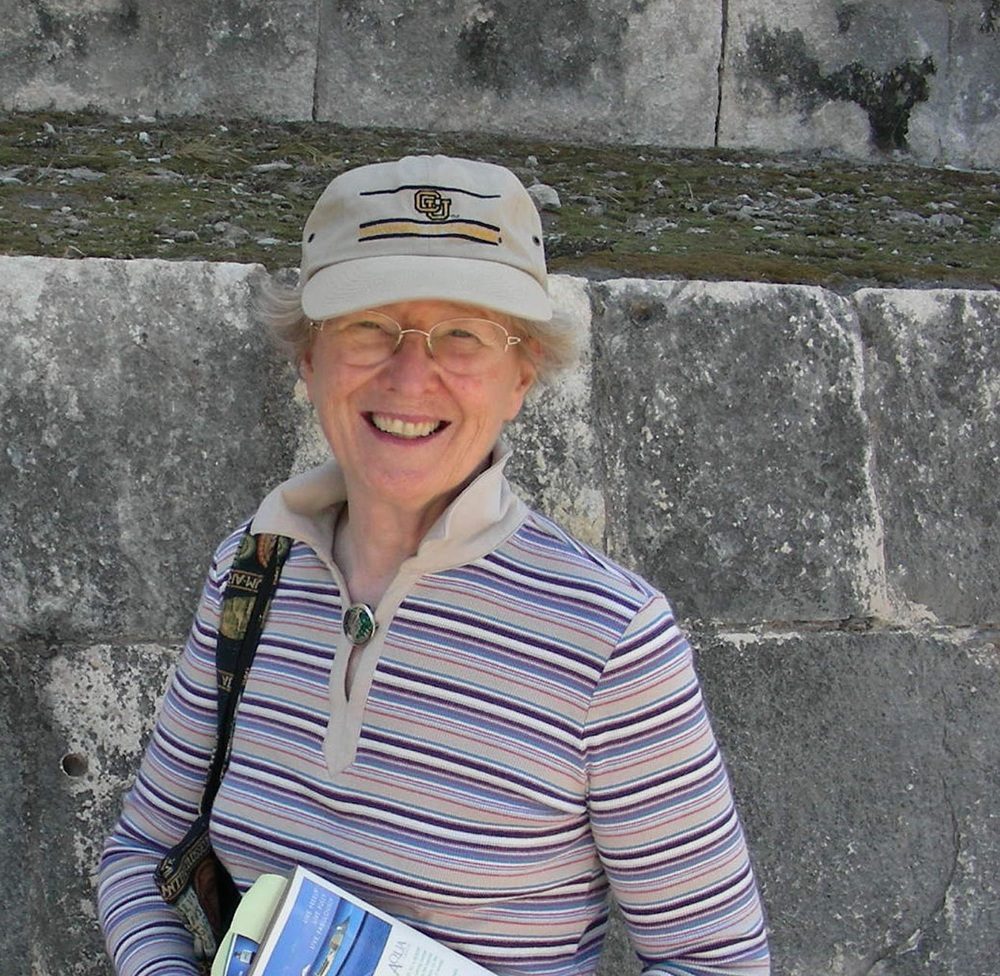Grantee Spotlight
Over the next few months we will be introducing you to our new spring 2015 Leakey Foundation grantees, and the first on our list is Paola Villa from the University of Colorado Museum. She was awarded a research grant for her project entitled “Uluzzian technology in Central Italy: From Neandertals to modern humans.”

Dr. Paola Villa
Current evidence suggests that modern humans evolved and dispersed from Africa into Asia and later into Europe. The arrival of modern humans in Western Europe between 35,000 and 35,000 years ago is closely associated with the demise and ultimate extinction of the local Neandertal population and the emergence of the Upper Paleolithic art and sophisticated technology. Yet Neandertals and their Middle Paleolithic culture had thrived in Europe and Asia for more than 300,000 years and it is not clear that they were inferior to modern humans in weaponry, subsistence methods or cognition. This is why the causes of the extinction of Neandertals are the subject of continuous debate among paleoanthropologists.
The period between 45,000 and 35,000 is also the time of appearance in various parts of Europe of “transitional” cultures that show similarities to the Neandertal tools but also contain more developed, Upper Paleolithic artifacts. Perhaps the colonization of Europe by modern humans proceeded in a stepwise process with multiple waves of migration but it is not always clear if the makers of these transitional industries were modern humans or Neandertals and whether their innovative elements were due to acculturation or independent invention.
The Uluzzian is an Italian transitional industry, known from sites in Northern and Southern Italy but until now completely absent from Latium (central Italy) due to a hypothesized persistence of Neandertals in the region. The Uluzzian was previously attributed to Neandertals but is now seen by some the product of modern humans, although this is also the subject of intense debate.

Paola Villa and colleagues are studying the technology of two sites in Central Italy. One of the sites (Colle Rotondo) is a new, recently discovered open air site; the second is a cave (La Fabbrica cave) which contains Middle Paleolithic, Uluzzian and early Upper Paleolithic assemblages. The goal of their project is to clarify the nature of the Uluzzian in terms of technology and cognition of Neandertals versus modern humans.
The area has been the focus of systematic research (funded by NSF) on the Middle and early Upper Paleolithic by Paola Villa. This previous knowledge will allow her to produce a more complete picture of the process of replacement of Neandertals by modern humans in the Italian peninsula.


